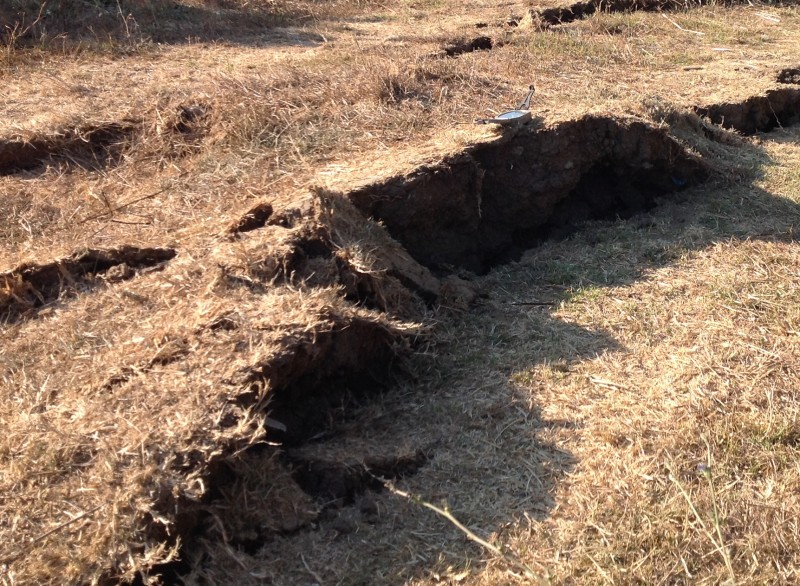Think of it as a deep dive into the cracks and crevices of California politics, an effort to better map where we're really joined together as a state... and where we are, ever so slowly, coming apart.
Our new project, FaultLines: California Politics In Depth, is a big step forward in the creation of KQED's California Politics and Government Desk -- a multimedia project that's the first of its kind in the state when it comes to covering the world of elections, legislation, and governing.
But in many ways, it's simply the next step in a long journey for me into trying to better explain what makes our politics tick.
In 2004, I launched KQED's first blog -- Capital Notes -- with the goal of simply adding some layers of context to our already thoughtful radio reporting. At that point, online was at best a companion to the broadcast journalism... something we did after filling the airwaves. Ten years later, online reporting goes hand in hand with broadcasting -- and yet, never has it been more clear that there's simply not enough in depth examinations of California's political past, present, and future.
This project, for me, was shaped by two remarkable mentors who passed away within weeks of each other in late 2013: venerable political journalist Susan F. Rasky and KQED's executive director of news and public affairs, Raul Ramirez. Both would have been thrilled, I think, with the goals we have for this project in the days to come.

